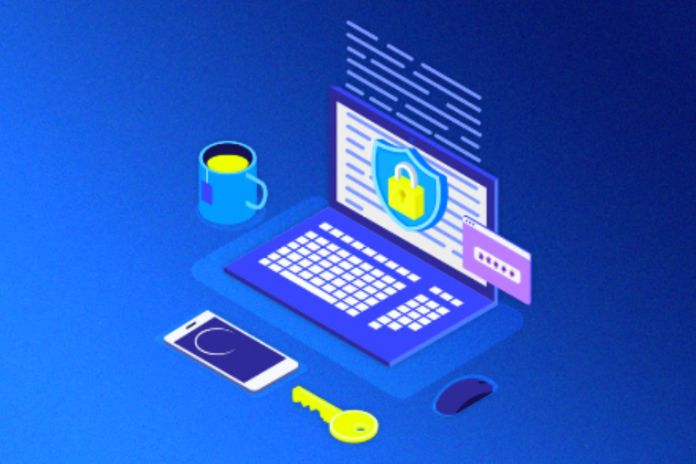Data Security: Have you ever had an email account or even a social network hacked? If positive or negative, can you imagine the inconvenience this can represent? In particular, depending on what might have been done and what type of account was hacked.
Just imagine personal data, confidential work information, photos, and videos, all exposed to someone else! Knowing someone has discovered and used your data is almost like feeling naked! This embarrassing situation perfectly parallels the topic we will address here.
The much-talked-about Industry 4.0 leaves us with a delicate scenario. The vast amount of information circulating in industry is even more vulnerable. This occurs as the connection between devices increases.
Continue reading this article and understand more about the problem and learn how to maintain information security in the context of Industry 4.0.
Let’s Understand The Issue Of Information Security
In the first instance, it is necessary to understand that when we talk about the information here, we are referring to any data or content that has some value for someone or an organization.
We know that digital data is on the rise and, like any vital information, conveniently needs protection. But after all, protect from what?
Some of the factors that can affect/impair information security are:
- The user’s behavior (who manipulates the data);
- The environment/infrastructure where the data resides;
- Individuals (known as hackers ) attempt to steal, destroy and modify data.
By taking steps to increase data security, the industry increases the reliability of its systems, thus preventing leakage of important information and maintaining the integrity of its files.
In this way, we can highlight some of the objectives of information security:
- Protection and prevention against virtual attacks on corporate systems;
- Prevention and detection of vulnerabilities in the IT area of the industry;
- Protection of information allocated in the organization’s virtual environments;
- Implementation of data usage policies in the company;
- Preventing unauthorized people from accessing corporate and sensitive data.
The challenge to maintain security in Industry 4.0 is to insert protection from the beginning of projects, to ensure that there are no problems at any stage of the processes.
Why Is Data Security In Industry 4.0 So Important?
In the Industry 4.0 scenario, the more connections, the greater the vulnerability of the data. This becomes a problem because the information here constantly connects to the world wide web. In other words, the data goes far beyond the limits of the industry and, in a way, is beyond its control.
It is necessary to observe the full integration of all sectors and systems beyond the limits of the same industry. Looking across a more comprehensive connection, made possible by the internet and cloud services. That fatally opens security breaches that did not exist before.
The main problem here is not just the theft of information itself, as the idea of cybercrime here is much broader. Connected production chains can be shaken mainly by interruptions and interference caused by attacks, denial of service, data changes, and espionage, among others.
This is because, in Industry 4.0, such disruptions would not be limited to a single component in the industry. Therefore, an attack would easily spread throughout the plant and hackers could gain access, exploit systems vulnerabilities and harm the entire production chain.
But After All, How To Ensure Data Security In Industry 4.0?
As we have seen so far, security in Industry 4.0 is something that deserves full attention due to numerous factors. In this sense, we can understand data security as if it were composed of layers (similar to an onion).
Each layer represents an obstacle to be overcome to access the data, which is at the core. Thus, dedicated work is required to make it as difficult as possible for those who do not have all the necessary permissions to access the information.
Preparing a cybersecurity plan is a complex procedure that involves several specific techniques and tools.
So-called ‘security mechanisms’ aim to control access to the information within the industry, physically and logically.
- Physical controls – limit the user’s direct contact with the data and the entire structure that surrounds it.
- Logical controls – work for the integrity of the information so that it is not accessed and manipulated.
Both have a responsibility to maintain the security of various resources. Among these: are application source code; password files; database; user records, and limiting access to tools associated with files and programs.
Also Read: Types Of Computer Security: What Are They

